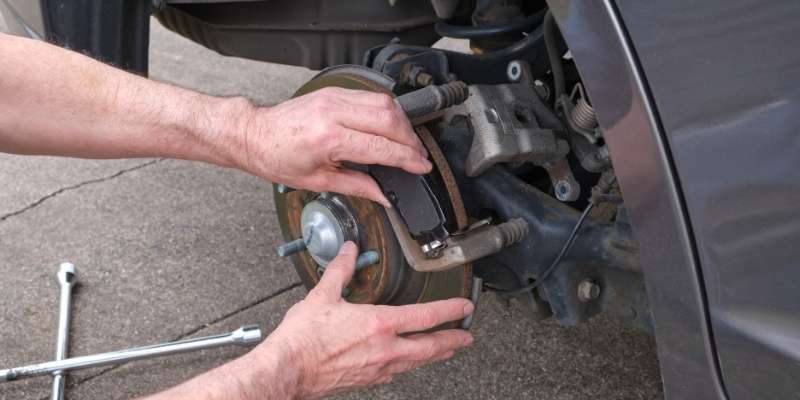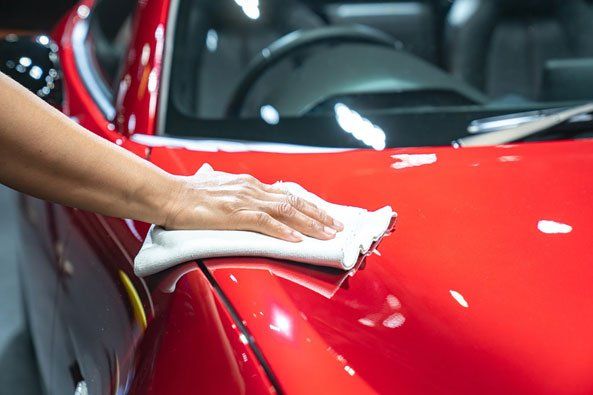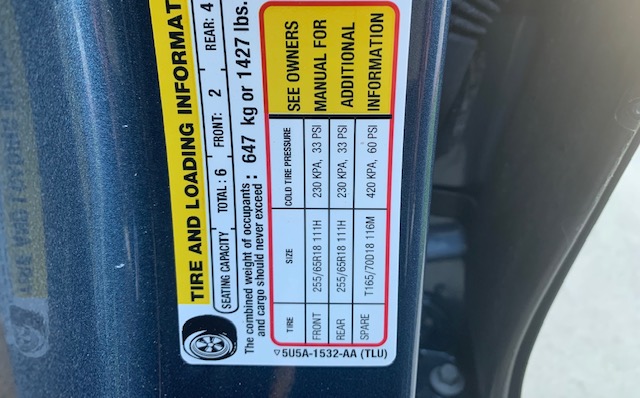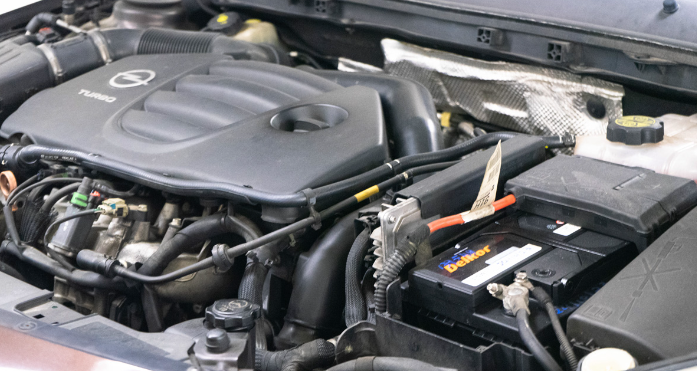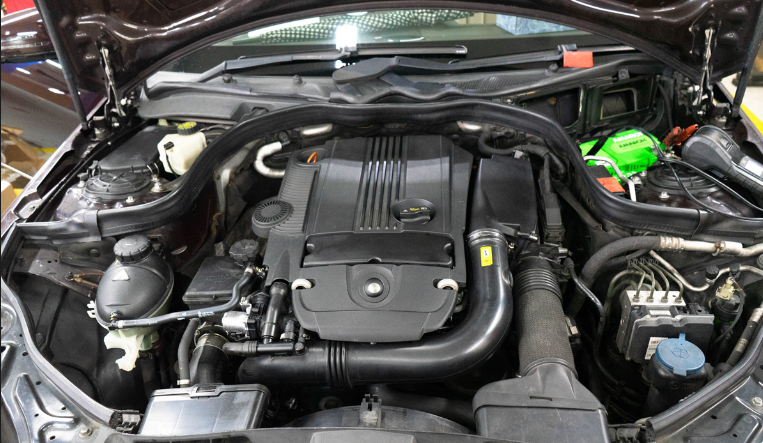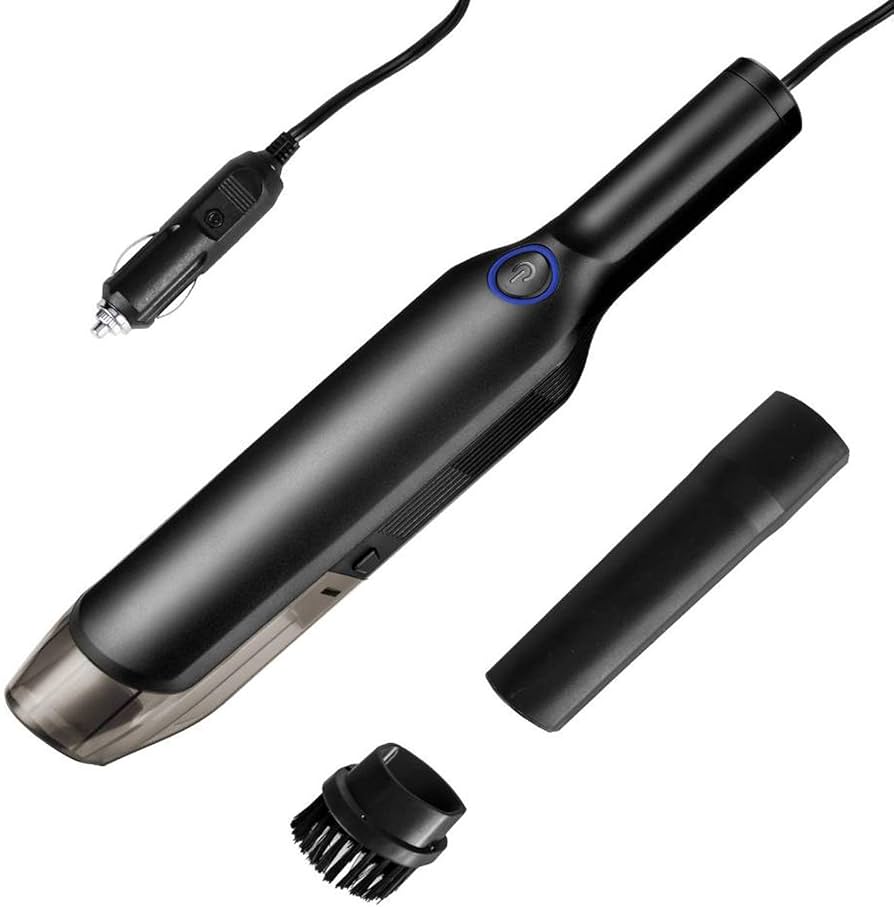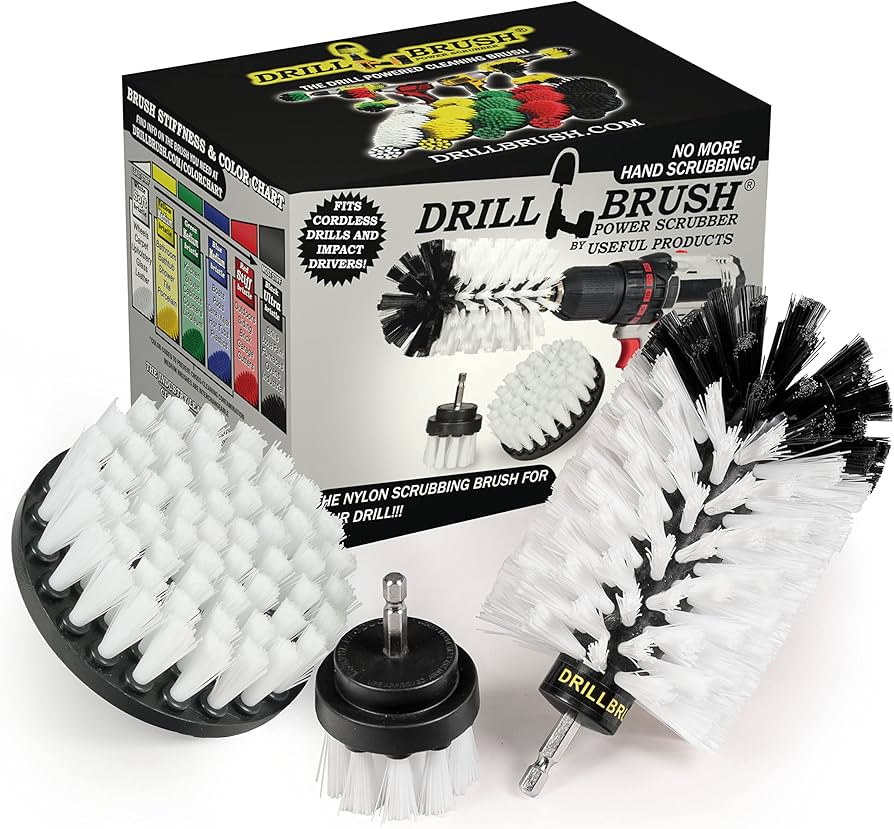If you’re a car owner, you know that regular maintenance is crucial to keeping your vehicle safe and reliable. One important aspect of car maintenance is replacing the brake pads when they wear out.
But have you ever wondered about the cost of brake pad replacement?
We’ll delve into the various factors that can affect the cost and give you a comprehensive understanding of what to expect.
Understanding Brake Pads and Their Importance
Before we dive into the cost, let’s briefly discuss the role of brake pads in your vehicle’s braking system.
Brake pads are a vital component that creates friction against the brake rotors, enabling your car to slow down or come to a complete stop.
Over time, due to the immense heat and pressure generated during braking, the brake pads wear out and need to be replaced.
The Common Facts of Brake Pad Replacement Cost
| Fact | Explanation |
|---|---|
| Material | Brake pads are available in various materials such as organic, semi-metallic, and ceramic. |
| Labor Cost | Brake pad replacement often requires professional expertise and labor, which contributes to the cost. |
| Vehicle Make and Model | The cost can vary based on the type of vehicle you own. |
| Quality | Higher-quality brake pads generally cost more but offer better performance and longevity. |
| Additional Parts | Sometimes, other components like brake rotors or calipers may also need to be replaced, adding to the cost. |
Now, let’s explore these factors in more detail.
The Impact of Material on Brake Pad Replacement Cost
One crucial aspect that influences the cost of brake pad replacement is the material used in manufacturing them.
Brake pads are commonly made from three types of materials: organic, semi-metallic, and ceramic.
1. Organic Brake Pads
Organic brake pads are made from a mixture of fibers, binders, and fillers, often including rubber.
They are generally the least expensive option but tend to wear out more quickly. Organic brake pads are suitable for everyday driving in normal conditions and are often found in economy cars.
2. Semi-Metallic Brake Pads
Semi-metallic brake pads contain a blend of metals like copper, iron, and steel, mixed with an organic compound. They offer better braking performance and heat dissipation compared to organic pads.
Semi-metallic pads are commonly used in mid-range vehicles and provide a good balance between performance and cost.
3. Ceramic Brake Pads
Ceramic brake pads are the most expensive option but also offer several advantages. They are made from a mix of ceramic fibers, bonding agents, and nonferrous filler materials.
Ceramic pads provide superior braking performance, produce less noise, generate less brake dust, and have a longer lifespan. They are often found in high-end or luxury vehicles.
Labor Costs and Expertise
Replacing brake pads requires technical expertise and specialized tools, which often necessitate professional assistance.
Labor costs can vary depending on the location, garage, and the level of experience of the mechanic.
It’s worth noting that some car owners with mechanical knowledge may choose to replace the brake pads themselves to save money.
However, it’s crucial to have a good understanding of the process and access to the necessary tools.
If done incorrectly, brake pad replacement can compromise your safety and lead to more expensive repairs in the long run.
Vehicle Make and Model: A Significant Factor
The make and model of your vehicle play a significant role in determining the cost of brake pad replacement. Different vehicles have varying brake pad sizes and designs, resulting in different costs.
Luxury or performance vehicles often require specialized brake pads, which tend to be more expensive than those used in standard vehicles.
Additionally, certain vehicles may have complex brake systems that require more labor and expertise, further contributing to the overall cost.
It’s essential to consult your vehicle’s manufacturer guidelines or seek professional advice to ensure you select the appropriate brake pads for your specific make and model.
Using the wrong type of brake pads can compromise braking performance and safety.
Quality Matters: Balancing Performance and Longevity
When it comes to brake pads, quality is a significant consideration. Higher-quality brake pads generally come with a higher price tag but offer better performance, durability, and longevity.
Investing in high-quality brake pads can provide smoother and more efficient braking, reducing the need for frequent replacements.
While it may be tempting to opt for cheaper brake pads to save money upfront, it’s important to consider the long-term cost implications.
Lower-quality pads may wear out more quickly, resulting in more frequent replacements and potential damage to other braking components.
It’s advisable to strike a balance between cost and quality to ensure optimal safety and performance.
Additional Parts and Repairs
During brake pad replacement, it’s not uncommon to discover that other components of the braking system also require attention.
For example, if the brake rotors show signs of excessive wear or damage, they may need to be resurfaced or replaced. Similarly, issues with brake calipers or brake lines may require additional repairs.
While these additional repairs can increase the overall cost of the brake pad replacement, it’s essential to address any underlying issues to ensure the effectiveness and reliability of your vehicle’s braking system.
Neglecting necessary repairs can lead to safety hazards and further expenses down the road.
Final words
As a responsible car owner, understanding the cost factors associated with brake pad replacement is crucial. By considering the material, labor costs, vehicle make and model, quality, and potential additional repairs, you can better anticipate the expenses involved.
Remember, prioritizing safety and performance should be your primary concern when it comes to maintaining your vehicle’s braking system.
Regular inspections and proactive maintenance can help identify any issues early on, potentially reducing the overall cost of repairs.
When it’s time for brake pad replacement, consult with professionals, follow manufacturer guidelines, and opt for high-quality brake pads suitable for your vehicle.
By doing so, you’ll ensure your car’s braking system performs optimally, keeping you and your passengers safe on the road.
